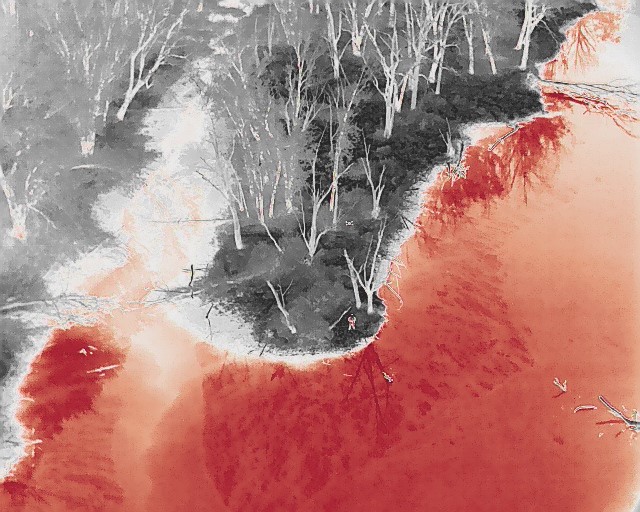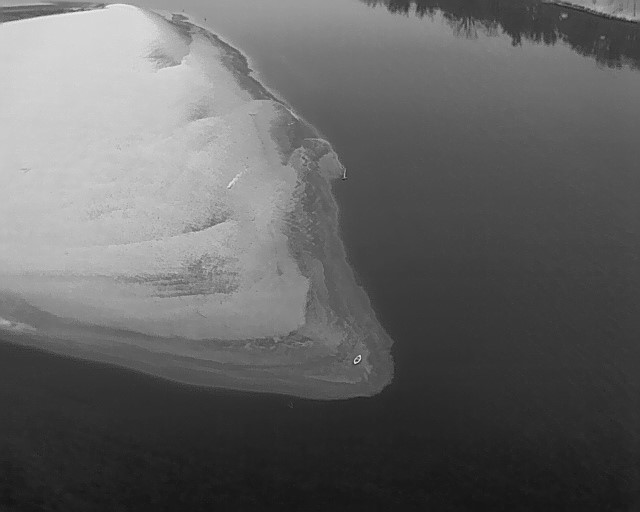An article from WWA’s Words From The Wardens.
This article originally appeared in Wisconsin Waterfowl Association’s December, 2023 eNewsletter.
By Lt. Andrew Lundin – Leads Peshtigo Warden Team and Unmanned Aircraft Systems Mission Ready Warden Team
and Warden Cody Adams Crawford County and Mississippi Warden Team member
Last month, we talked about drones and hunting regulations. This month, in a type of Part Two to the drone conversation, we will show you an example of how we train with drones.
Lt. Lundin:
We dedicated one recent October night to sharpening our skills utilizing unmanned aircraft systems, commonly known as drones, in searches for missing persons or surveying possibly dangerous areas without putting rescuers in perilous situations.
Our night training was done along the Wisconsin River at Boscobel in Grant County. The DNR Unmanned Aircraft Systems Mission Ready Warden Team were joined by wardens from southwestern teams for the night training.
The training scenario involved a missing hunter believed to be stranded or lost in the dark somewhere along the river. Wardens were given a last-known location of the missing person based on a cell phone ping, then assigned to come up with a plan to search for the hunter. Drones were launched from a sandbar. Based on visibility and connectivity, drone operators were able to cover a little more than one mile in every direction, to include backwater areas that may be difficult to access.
Warden Adams:
The training was valuable to practice maneuvering drones into difficult access areas or over waters is especially valuable when searching for missing persons. This southwestern area is where the Mississippi and Wisconsin rivers merge and is popular for all types of outdoor recreation for locals and visitors. Launching the drone to search miles in daylight or under night darkness helps us find a person faster than strictly on foot.
Views From Drones:

Shows the missing hunter at the tip of the point of land. The hunter was wearing winter clothing but still showed enough heat signature to be located.



